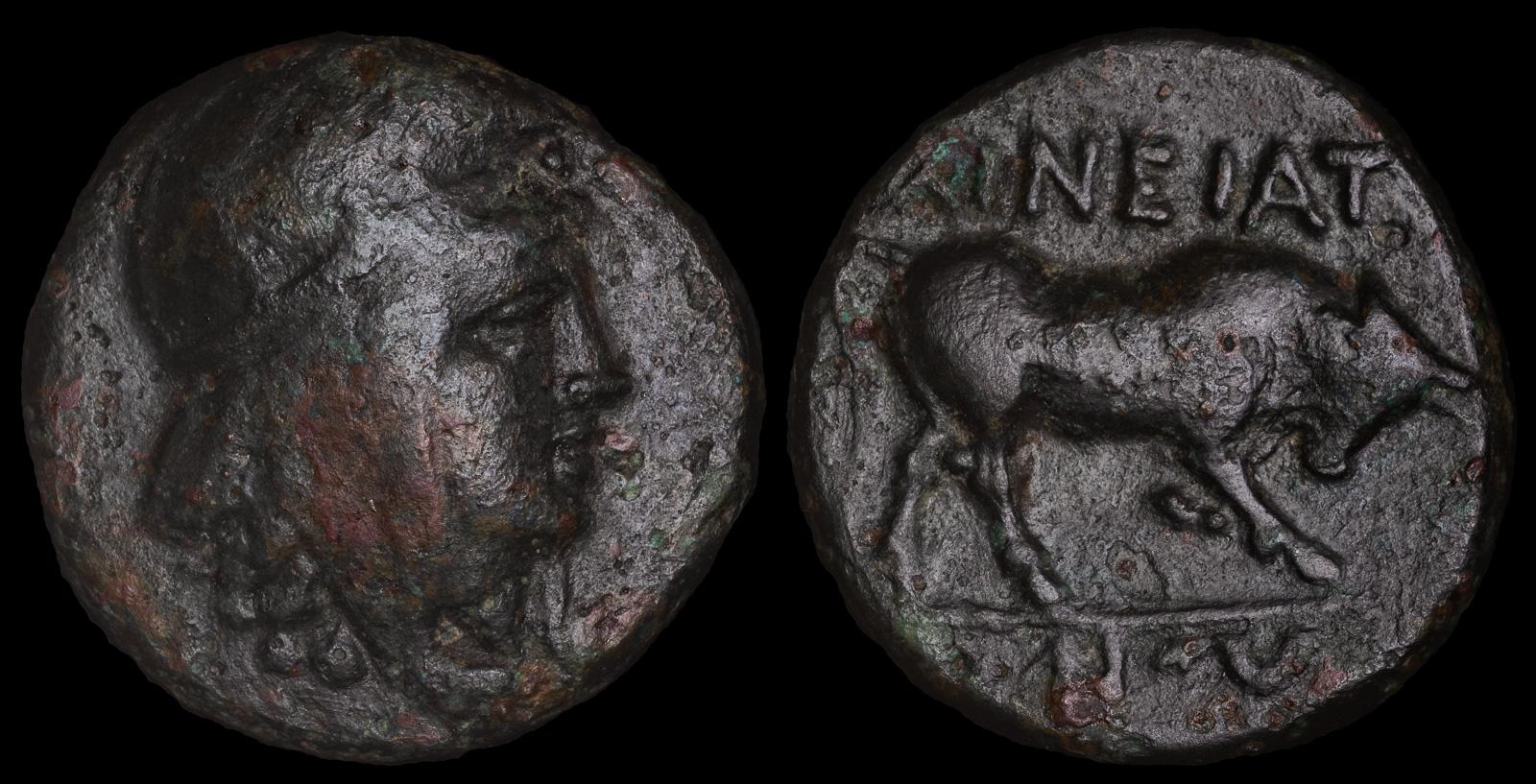Phrygian
View All Tags
In ancient Phrygia, the cap was worn by both men and women, and it was a common feature of the Phrygian people’s attire. It is thought to have been made from felt or wool, offering both warmth and flexibility. In Greek and Roman art, the Phrygian cap often appeared in depictions of foreign or exotic peoples, symbolizing their otherness or their association with freedom and rebellion. For instance, the Phrygian cap was worn by the freedman in Roman society, marking their status as individuals who had been emancipated from slavery.
In later periods, the Phrygian cap was adopted as a symbol of liberty and revolution, particularly during the French Revolution. It became a widely recognized emblem of freedom, worn by revolutionaries who sought to overthrow the monarchy and promote egalitarian ideals. Known as the “liberty cap” in this context, the Phrygian cap was often depicted in revolutionary imagery, further cementing its association with the idea of political and social liberation.
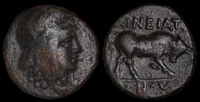
Aineia, Macedon 4th century BCE
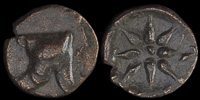
Amisos (?), Pontos 130-100 BCE
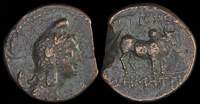
Antioch, Pisidia 100-27 BCE
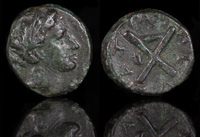
Peuma, Thessaly 302-286 BCE
